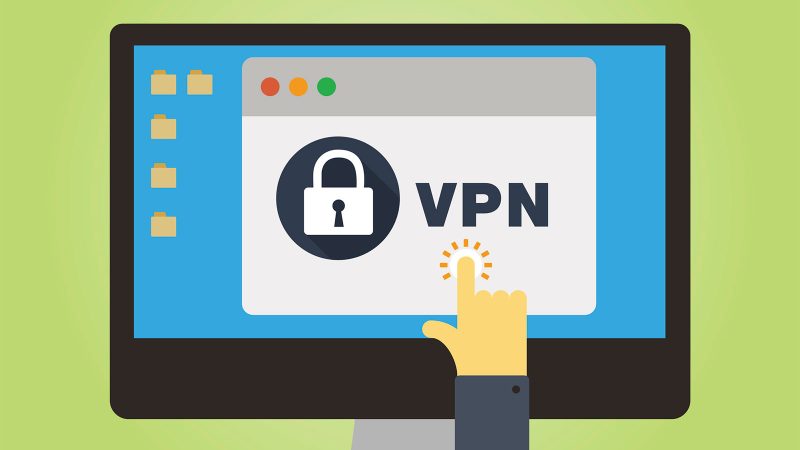More Facts About Virtual Fiber Network
A virtual fiber network is a way to scale communication across large distances highly. It is a way to leverage the power of your Internet service providers (ISP) and connect users connected via a single connection, giving each party a visible view of what is happening. Their primary use case is to connect two or more people who want to communicate via the Internet and have them all share the same connection so that everyone can enjoy the benefits of being online. This blog post will first explore the basics of a virtual fiber network and how it works. Then, we’ll explore the different types of virtual networks and how to choose the right one for your specific needs.
VyprVPN is a virtual protocol network (VPN) that uses a virtual fiber connection. It is a secure, reliable, and easy-to-use way to connect one or many computers worldwide. If you’re planning to use VyprVPN with your company or organization, you should keep reading this blog post. The article below will cover all the essential factors that will help you choose the correct virtual network protocol (VPN) for your business and needs.
Virtual fiber networks (VFN) are small networks composed of dedicated circuits on an Internet Service Provider’s (ISP) physical fiber trunk lines that interconnect remote sites without going through large switches or routers at strategic locations. Instead, data travels between various VFN nodes using dedicated virtual paths (VPs). These moments of communication are called Virtual Private Networks (VPNs), created when two or more interconnected VPs on different VPNs are linked by some form of encryption such as IPSec/IKEv2. A VPN can be defined as “an encrypted connection over an unsecured network from one network host to another.




